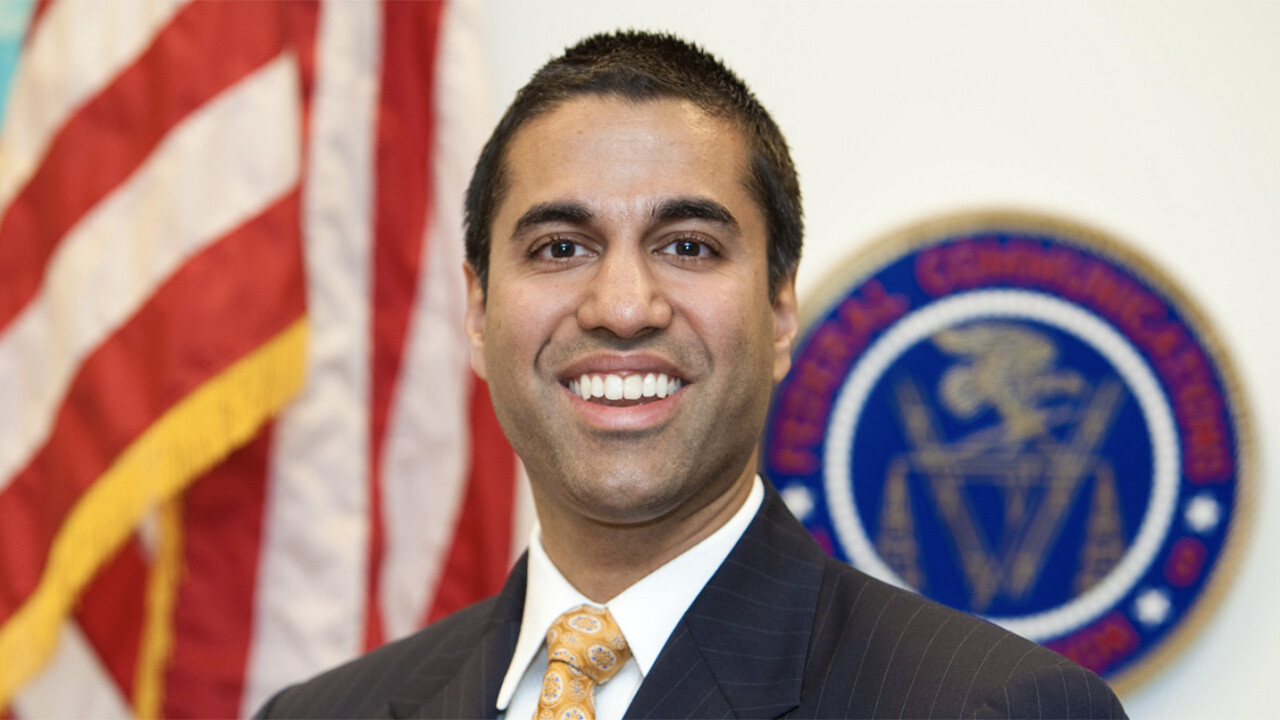
The chairman of the FCC today revealed a plan to reverse Obama administration policy that all web traffic be treated equally. Under two-year-old net neutrality guidelines, cable companies were classified as a public utility under Title II of the Communications Act of 1934. Chairman Ajit Pai wants to reverse that classification and essentially leave cable companies to self-regulate.
According to Pai:
Two years ago, I warned that we were making a serious mistake. It’s basic economics. The more heavily you regulate something, the less of it you’re likely to get.
The argument against net neutrality is a simple one. If additional regulations are added, cable companies lose the motivation to continue investing in projects to improve their aging networks or to expand to areas with little or no access to high-speed internet. This, in turn, would lead to a loss of millions of jobs and a requirement to treat bandwidth hogs like Netflix the same as more data friendly websites and services.
It’s bullshit.
What removing these guidelines ultimately provides is increased profitability for companies providing the service by introducing internet fast lanes and tiered pricing structures a la cable television. This is extreme, I hope, but it could look something like this.

The above was a viral image that circulated around the time the net neutrality debate was at its peak, two years ago. In it, we see consumer choices for how they want to use the internet, and how much they want to pay in order to add additional services. This is problematic.
Many ISPs in the US operate in a monopoly. If Comcast inks a deal with Hulu, you may get it for free with the basic service offering. If you want Netflix, you’d have to pay additional service fees, or deal with slowdowns while Comcast prioritized its own service — or one it partnered with.
And then there’s the internet fast lane issue, which really would stifle innovation. Major players could afford priority access to internet bandwidth, therefore assuring quality service. Smaller upstarts that want to compete in an attempt to out-innovate Netflix, for example, would be relegated to whatever is left, which — no matter how good the offering — would lead to lower quality service.
There’s nothing saying this would happen, but it’d be within the power of ISPs to ensure it doesn’t.
Pai’s plan to allow ISPs and cable companies this level of self-regulation is heavy on hype, but short on details. For now, we’ll just have to wait and see. But, as someone that’s watched this story unfold over the past two years, I can tell you this: it’s not looking good.
Get the TNW newsletter
Get the most important tech news in your inbox each week.




